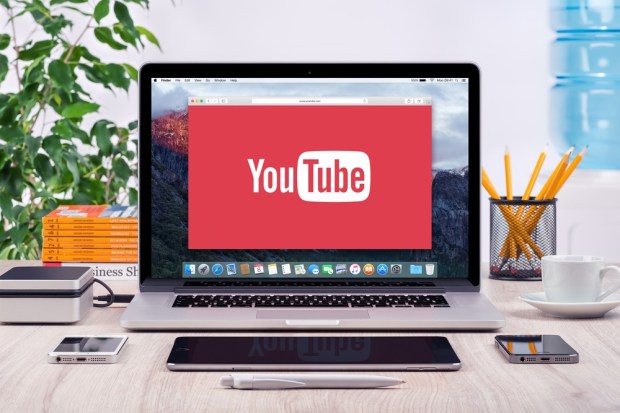YouTube To Release More Monetization Tools For Creators

YouTube is launching additional tools to help its creators make money from their videos after growing complaints about new policies that made the site more advertiser-friendly.
According to TechCrunch, creators were also unhappy with the stricter YouTube Partner Program, which allows video publishers to make money through advertising. Previously, creators only needed 10,000 total views to join; they now need at least 1,000 subscribers and 4,000 hours of view time over the past year to join.
And while the company has boosted its policing of content in recent months, its systems haven’t always been accurate.
Earlier this year, YouTube said it was trying to improve that review system when a video is demonetized over its content. That includes the use of machine learning technology to address misclassifications of videos related to this policy.
According to YouTube CEO Susan Wojcicki, the volume of appeals is down by 50 percent as a result of the change.
Wojcicki also revealed another new monetization program that will launch into pilot testing with a small number of creators this month. The system allows creators to disclose what sort of content is in their video during the upload process.
“In an ideal world, we’ll eventually get to a state where creators across the platform are able to accurately represent what’s in their videos so that their insights, combined with those of our algorithmic classifiers and human reviewers, will make the monetization process much smoother with fewer false positive demonetizations,” said Wojcicki.
Although it seems to be making creators happier, the company isn’t directly addressing the growing number of complaints from creators, many of whom believe their channel has been “downgraded” by YouTube’s recommendation algorithms, leading to declining views and loss of subscribers.
Authorities believe this issue is what led a disturbed individual, Nasim Najafi Aghdam, to attack YouTube’s headquarters earlier this month. Police said that Aghdam, who shot at YouTube employees before killing herself, was “upset with the policies and practices of YouTube.”
For its part, YouTube is choosing to focus on the success of its bigger channels.
“Over the last year, channels earning five figures annually grew more than 35 percent, while channels earning six figures annually grew more than 40 percent,” Wojcicki said.
